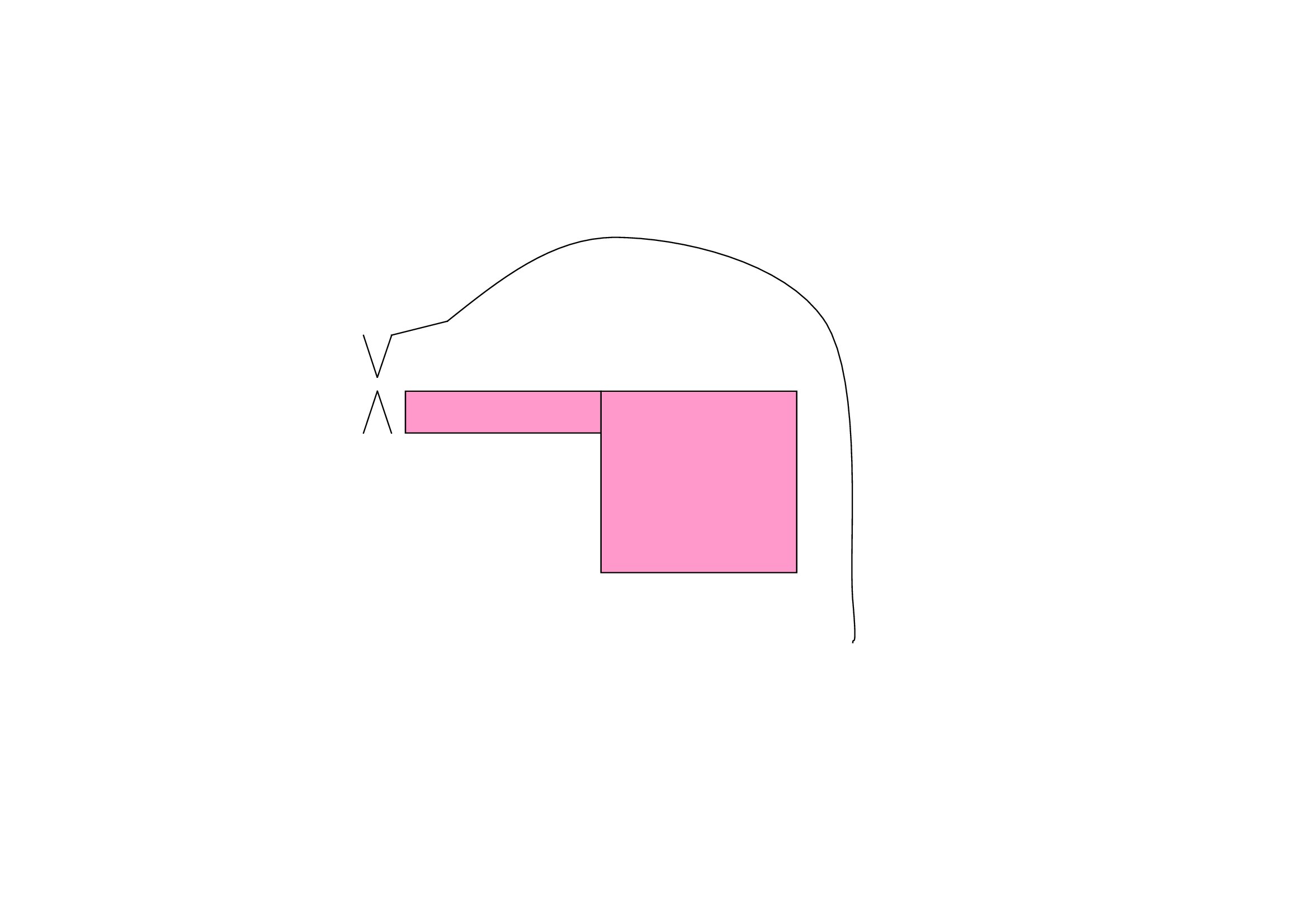Ok, here is the English vowel chart:

I'm really confused, what do "front" "central", "back", "close(high)", "close-mid", "open-mid", "open (low)" mean?
Ok, Here is what I understood, please correct me if I am wrong.
Ok, let's look at the vowel /i/ which is in the position of "front" & "close (high)". In this position, the tip of the tongue still touches the bottom teeth, but the front of the tongue will be placed high and touch the very front roof of the mouth. The lips are very spread out when saying /i/. See the picture:

Now, look at the /ɪ/ which is in the position of between "font" & "central". It is also in "close-mid" position. In this position, the tip of the tongue still touches the bottom teeth, but the front of the tongue is placed high and in the position between the front & the central roof of the mouth. However, the front of the tongue does not touch the roof of the mouth. The lips are still spread out but less so than with /i/. See the pic below:

Ok, now, consider the /u/ which is in the position of "back" & "close (high)". In this position, the tip of the tongue still touches the bottom teeth, but the back of the tongue is raised very high and touches the very far back of the roof of the mouth. The lips are very rounded in this position. See the pic below:

Ok, now, look at the /ʊ/ which is in the position somehow between "central" & "back". It is also in the position "close-mid". In this position, the tip of the tongue still touches the bottom teeth, but the back of the tongue is raised high and somehow between the middle and the back of the roof of the mouth. The lips are rounded in this case but less rounded than /u/. See the picture below:

Ok, now take a look at the /ə/ which is in the "central" position. It is also in between "close-mid" & "open-mid". In this position, the tip of the tongue still touches the bottom teeth, but the middle of the tongue is raised right to the middle of the mouth. Of course, the tongue does not touch the middle of the roof of the mouth. The lips are neutral in this position. See picture below:

Ok, consider /æ/ which is in the middle of "open-mid" & "open (low)". It also stays between "front" and "central". Technically, if the distance between "front" & "central" is 10, then /æ/ will stay in the distance of 7 which means it will have 7 units to the "front" and 3 units to the "central".
In this position, the tip of the tongue still touches the bottom teeth, but the whole tongue is low but not really low like /a/. The front of the tongue somehow stays in the position between the front and the middle of the roof of the mouth, but the front of the tongue is closer to the middle of the roof of the mouth than to the front of the roof of the mouth. The lips are spread out in this case. See the picture below :

Am I wrong about anything?
Could you clarify and explain how to read the vowel diagram?
